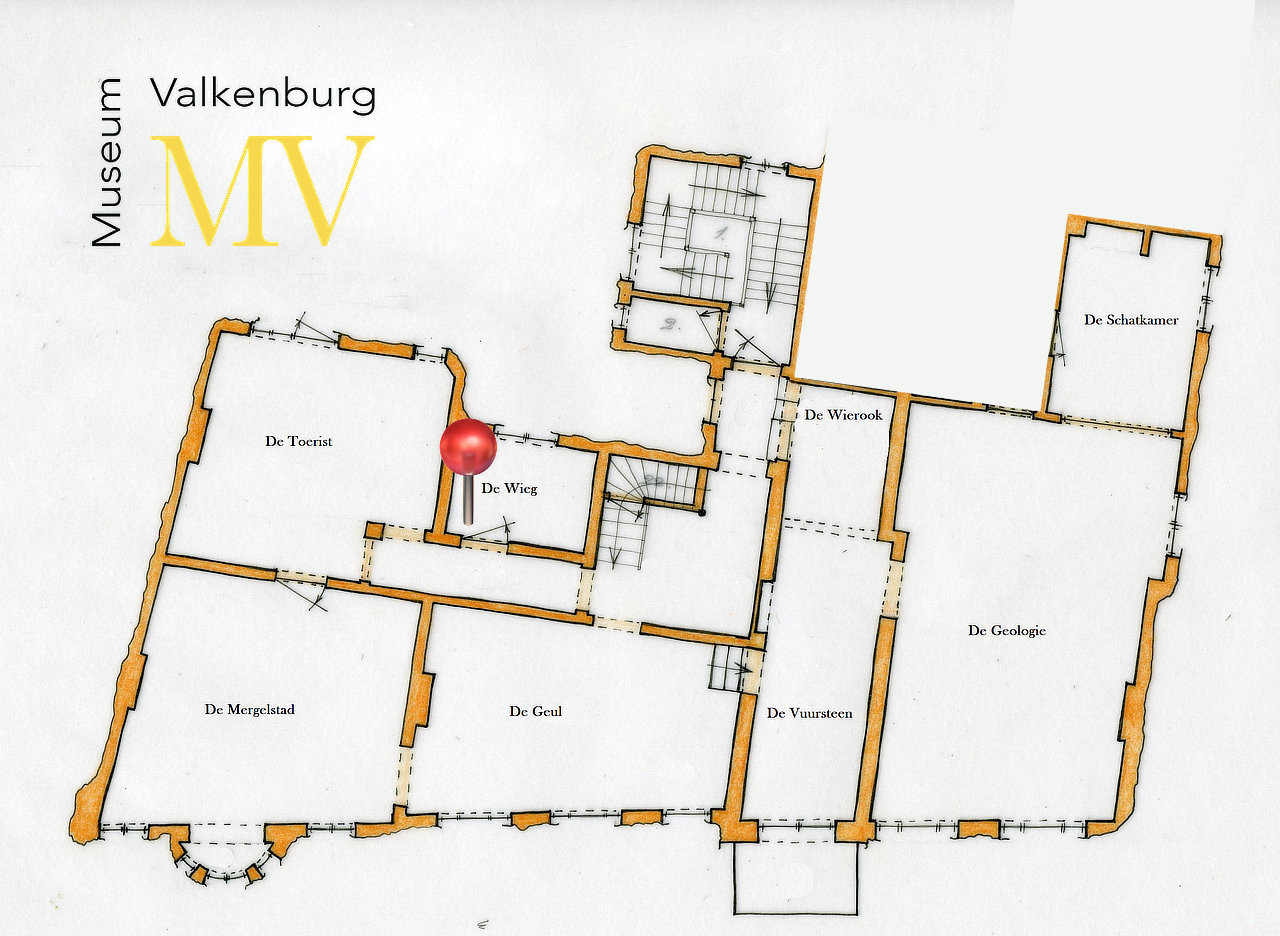The tourist before 1920
Before 1850 not much happened in Valkenburg. Admittedly, there were travelers that visited Valkenburg. They enjoyed the beautiful hills, the woods, the romantic ruins of the castle and the Limburg hospitality. It was the time of romanticism and the small town of Valkenburg offered everything that was thought attractive at the time. But Valkenburg was not easily accessible and was situated in an area that was politically instable. After all is was still occupied by mutinous Belgian soldiers.
In 1853 the accessibility of the romantic little town took a turn for the better. A station was erected on the Maastricht – Aix La Chapelle – railway line. The first hotels to open were “Hotel de l’Empereur” and “Hotel de Croix de Bourgogne”. These French names sounded posh. Train journeys and holidays were only affordable for well-off people.
Before 1880 this mainly applied to the nobility, old money and retired dignitaries. After 1880 the influx of the “nouveau riches” of industrializing Holland increased. Followed by the demand for souvenirs such as prints and small paintings. The ruins of the castle, the caves near Geulhem and various castles were an inexhaustible sort of inspiration for artists.
When in 1865 Maastricht became part of the Dutch railway network, the accesibillity of the small town improved. Valkenburg became a house- hold name: idyllically situated, romantic and hospitable. A foreign touch within Dutch territory. More and more Dutch families come to marvel at the romantic sights in Heuvelland.
In 1885 the first Tourist Office was founded in the Netherlands in Valkenburg. It was alderman Theodoor Dorren who stood at the cradle of the Valkenburg Tourist Information Centre. In this think-tank headed by pioneer Dorren, together with enterprising hotel-keepers and restaurant owners, splendid ideas were developed: the Watch Tower at the Rotspark, the Wilhelmina Tower and the Catacomben opened their doors. The growth of tourism meant more spending, more shops and stable-owners and more supply companies, such as butchers, bakers and patissiers. The population increases. Between the railway station and the older part of the town new and often big stylish houses were built.

